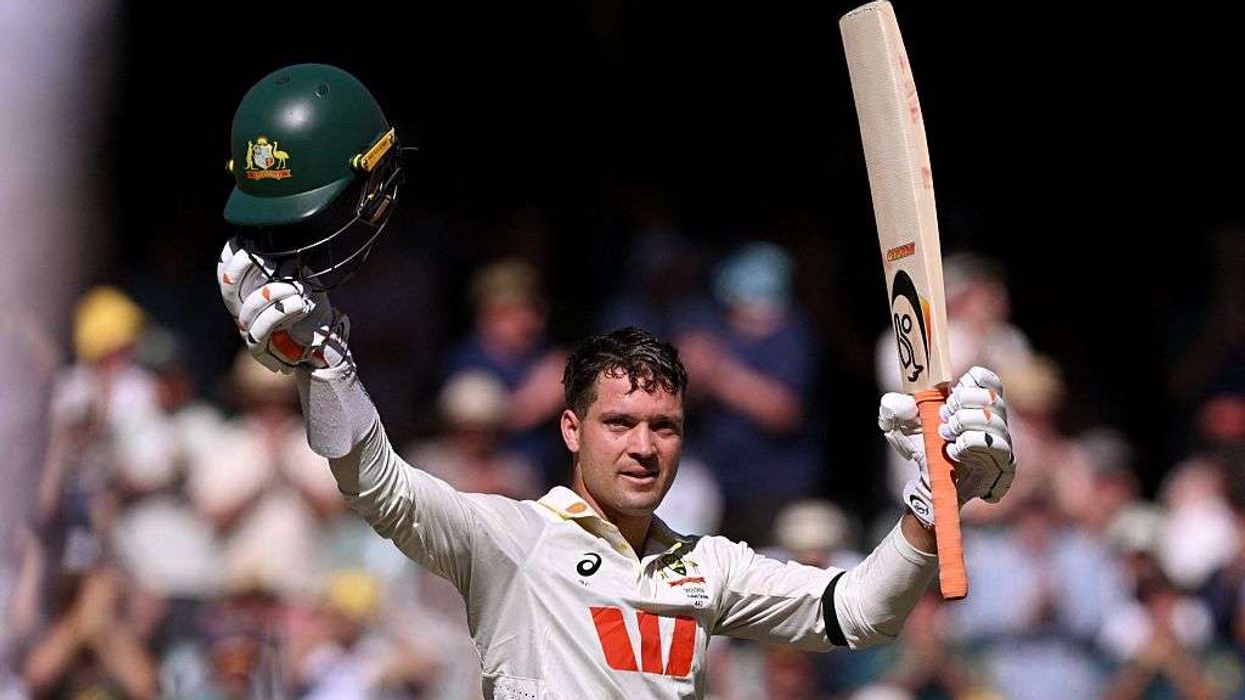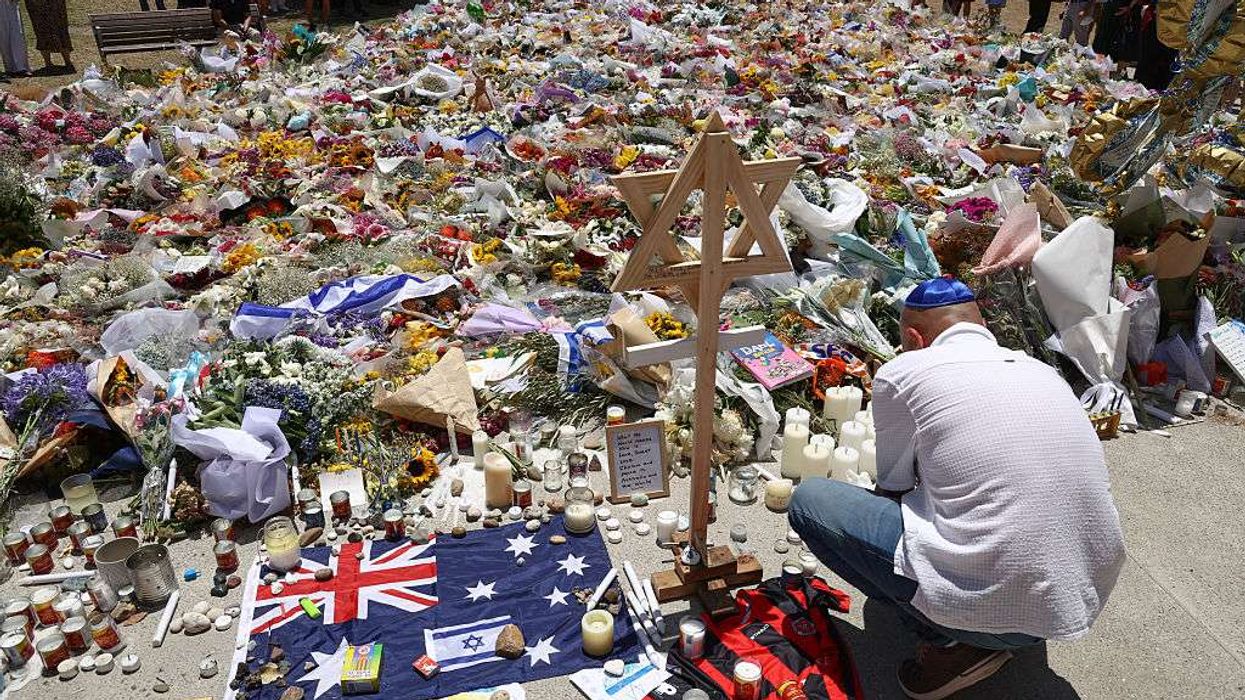WOMEN must not see themselves as second class citizens and know that they too have arrived on the scene, Indra Nooyi, who has broken many glass ceilings as a businesswoman, said on Sunday (17).
“It does not matter, where you're born and what your heritage was, I think the US gives you a great opportunity to be anybody you want to be as long as you work hard, you contribute positively to whatever you work on and in and you have integrity,” Nooyi told in an interview.
Nooyi, 64, was on Sunday inducted into the prestigious National Portrait Gallery along with Amazon founder Jeff Bezos, Frances Arnold, Lin-Manuel Miranda and Earth, Wind and Fire.
The induction ceremony was marked with a star-studded gala that included former First Lady Michelle Obama and former Secretary of State Hillary Clinton, among others.
Nooyi said it sends the message to the people that the US is a great country to make your future in.
“I think going forward, people like us paved the path for women to be viewed as equal, powerful and contributing as anybody else. And, so women should not feel like second class citizens. They should know they too have arrived on the scene. And their contributions will also be noticed irrespective of your background,” she said.
“I think that's the key thing. To be an Indian American, to be included among business leaders in the portrait gallery basically says, here is a country that only cares about your contribution, not necessarily where you came from and who you are,” she said.
“It is a pretty special day today. Special because I've just begun to understand the value of the portrait gallery. I didn't know a portrait gallery existed because I had never been to one. So, I came to visit this gallery about a year ago when they informed me about this. I was simply blown away by the fact that such a gallery existed, that portraiture is a way to tell the story of the country and all the people who contributed to it,” she said.
The Portrait Gallery, she said, tells a beautiful story.
“It's not just a picture, it tells a story. If you go downstairs to the portrait gallery, there's a room that is now showcasing the women's suffragette movement. It's a fantastic story of how the whole thing evolved,” she said.
The fact that they are now including businesspeople and they are “beginning to tell the story of how various businesspeople of all kind born here, immigrated here, from whatever country, doesn't matter, all they say is you contributed to some thought or a change in the country, positive change and we appreciate you for that,” she said.
“The fact that they chose to put me as part of that is a bit emotional for me,” Nooyi said.
Responding to a question, Nooyi hoped her induction in the gallery is not just a message for women, but a message for all business people that “whether you are Indian American or any other American or just American American, as long as you conduct business with high integrity, as long as you make a positive change in society of significance, you will be perceived well in history, we will think about you positively.”
“Now, some of us may get included in the portrait gallery, some may not, and that's up to the portrait gallery. But I think, it's a wake-up call to all business people that you're more likely to be noticed if you make a positive change through business in the society, as long as you do it with a sense of commitment and with a sense of purpose,” Nooyi said.
The former Pepsico chief said she was informed about her induction about a year ago, when she made her first visit to the gallery.
“It's a walk down memory lane in history who made history. That it's spectacular,” she said.
“I came on the portrait gallery with gratitude for not anyone portrait, but for groups of portraits that gave me a window into the country. The one that probably is most memorable for me is the photograph of the women's Supreme court justices,” she said.
The president's gallery, she said, is fantastic.
“I mean, as a person, who was not born here, now to go to see the history of presidents and their contribution to the country, you almost, when you look at each of the portraits, the personality of the presidents jumps out at you,” she said.
“You look at George Washington's picture and the way it's lit and the way it's displayed, you feel like you were there, and George Washington was there. I say this because I was here when President Bush was president. I look at his portrait. Since I know him, I look at him and I go, I can understand how the portrait captured the essence of that president,” she explained.
“If you work backward to the presidents you know, like President Obama, very thoughtful portrait. You go back and look at each of the presidential pictures, you get a window into that precedent, which was fascinating for me,” she added.
But then as one goes around the gallery, it's not an individual portrait as opposed to how they accumulated portrait, she said.
“The women's suffragette movement is a fantastic room which tells a story. It's like a 'movie in still'. You go around and you hear the story and you see what really happened. It's not a movie. It's real life. And in many ways, you want to thank those women because they made the path for people like me. So I look at this and I go, thank God for some of these people who showed the way for women like me,” Nooyi said.
(PTI)












